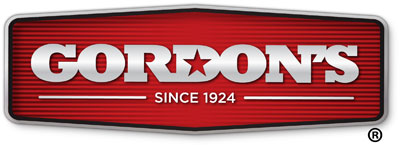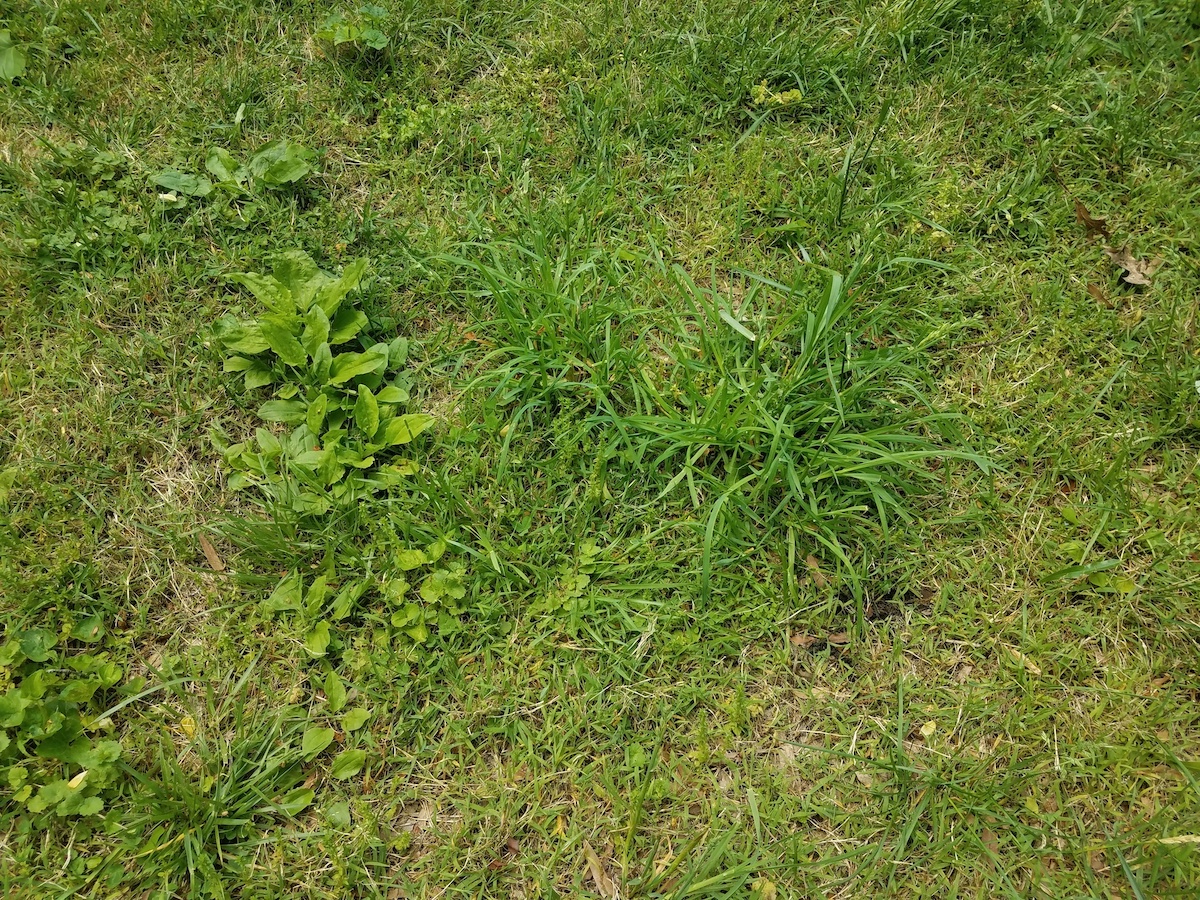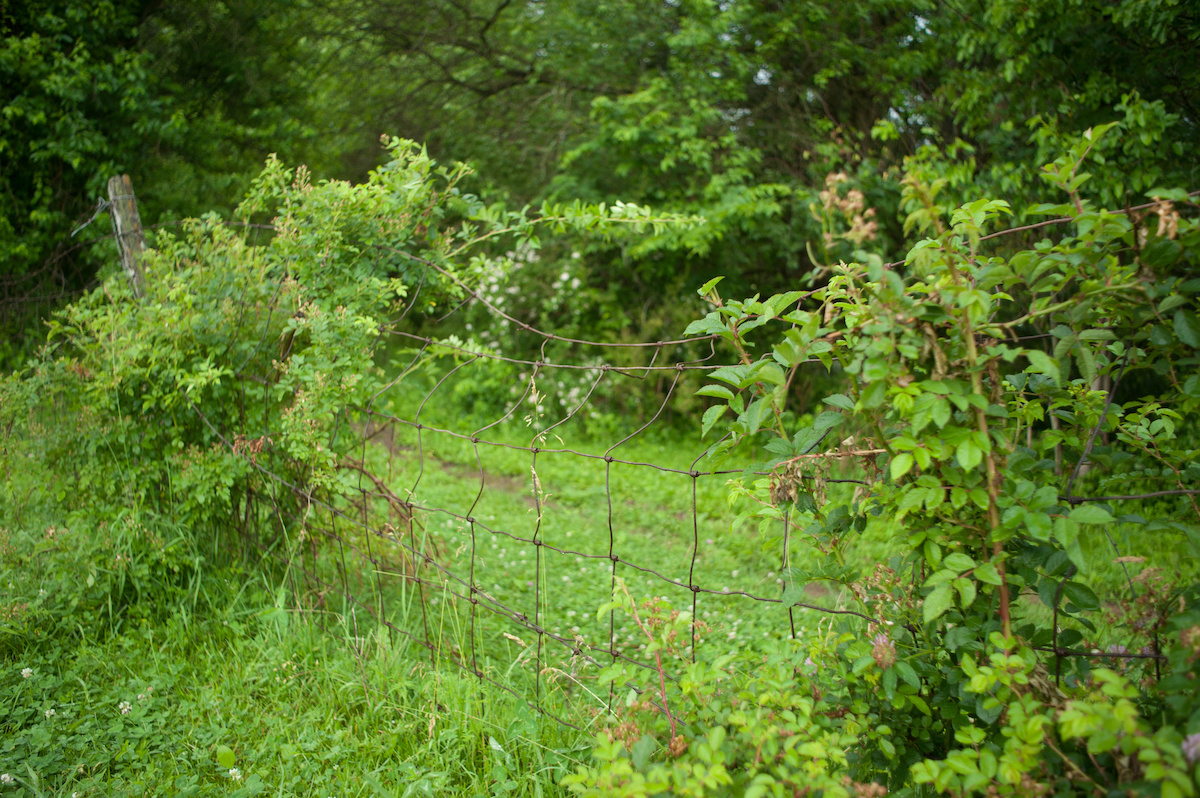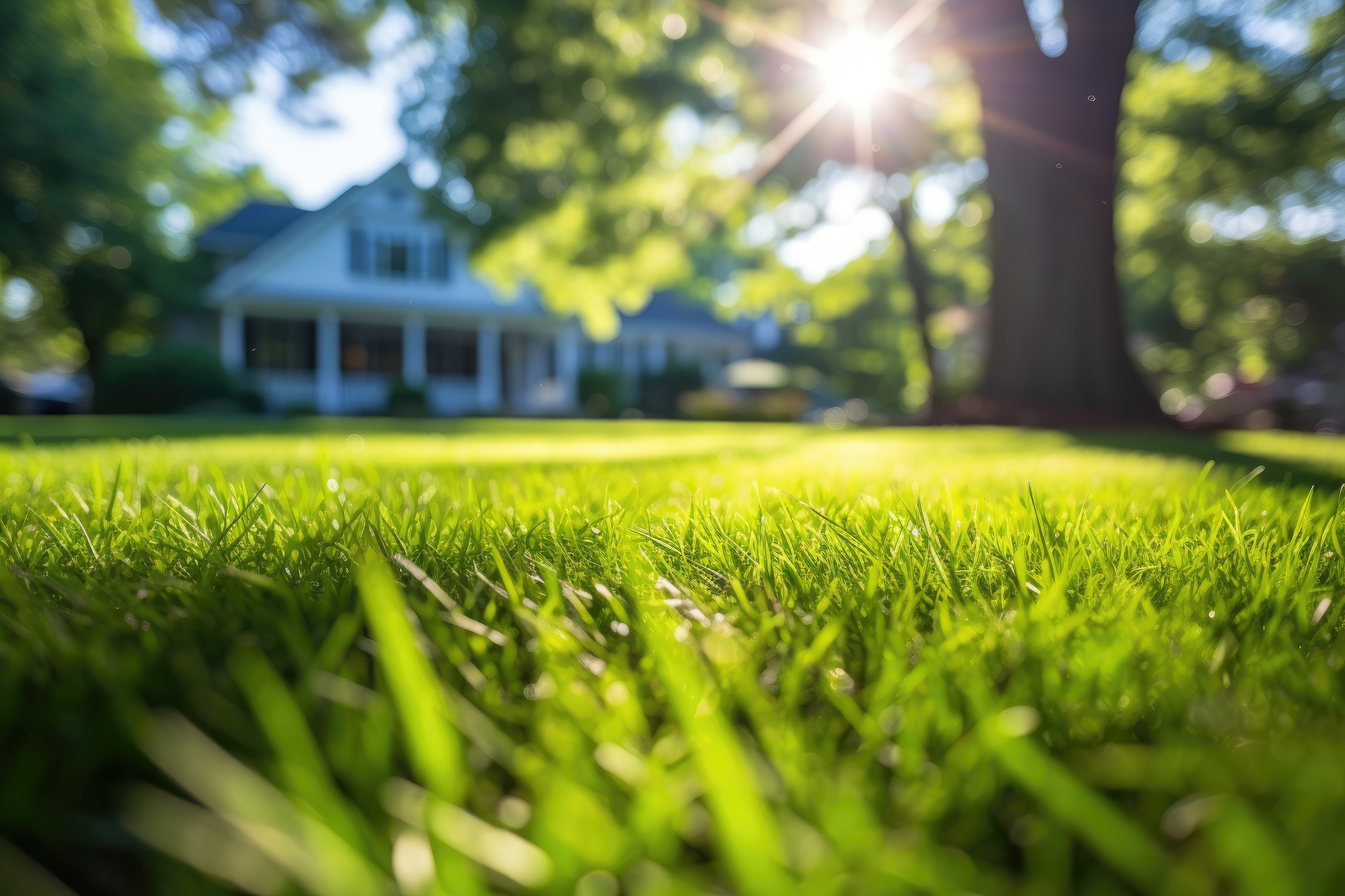Text Summary Of This Email
A five-step process for examining your lawn problems and addressing them effectively and safely.
FOCUS
Safety Guide: Pesticide Use For the Lawn and Yard
For some people, addressing lawn problems means indiscriminately spraying pesticides. It should not. Lawn grass is your crop. Here are 5 steps for managing your lawneffectively and safely.
Gordon's
Farmers have been using Integrated Pest Management (IPM) since the 1960s to make decisions that are both economically sound and minimize environmental impact. Here are five IPM steps to managing your lawn.
Five IPM Steps to Manage Your Lawn
Inspect your lawn and yard regularly. Catching problems early makes them easier to control.
Diagnose the problem accurately. To determine the action, its essential to confirm the weed or pests identity. If unsure, you should do some online research, talk to a trusted garden nursery, or contact your local cooperative extension office for advice.
For example, if you misdiagnose an insect problem as a fungal disease, youll tackle the problem incorrectly. This wastes time, effort, and expenseand increases environmentalrisks.
Determine if management is needed. Will the problem spread? Is it too late?
For example, once crabgrass grows to be large in late summer, its best to tolerate it until it dies back in the fall. Mark your calendar to start a pre-emergent treatment in spring before grass seeds germinate, or it will kill the seed. When crabgrass is small, use a post-emergent herbicide.
Another example: Fifteen grubs per square foot wont cause permanent damage if in a well-maintained lawn. However, suppose your lawn doesnt receive regular watering and fertilization. In that case, finding as few as 5 to 10 grubs per square foot may warrant treatment. To count grubs, pull up dead lawn areas and count the white, C-shaped insects.
Choose a control method and take action. Not all control methods work for all insects. Not all weed killers kill every weed. Here are some examples:
Do you want to attack actively growing ground ivy and weeds resistant to treatment without disturbing your lawn grass? Youll need an All-In-One Lawn Weed Killer.
A weedy lawn
A weedy lawn. Credit: Justin/Adobe
If you have poison ivy, poison oaks, briars, thistle, black locust, or other nasty brush that is impossible to battle or want to clear an overgrown area, use aBrush Weed Killerthat will do it right quicklythe first time.
Heavy Brush
Heavy brush. Credit: Judd/Adobe
Do you want to feed your lawn grass while also killing weeds? Get a Weed and Feed product that will encourage thick, healthy growth while keeping down any broadleaf weeds. Apply three weeks after any reseeding.
Healthy, lush lawn, thanks to being nourished by a Weed and Feed
Healthy, lush lawn, thanks to being nourished by a Weed and Feed. Credit: Dawn/Adobe
Of course, the solution should never be solely chemical. For example, you can reduce weed problems in a lawn of cool-season grasses by mowing at a height of three inches rather than two.
Evaluate the results.Dont skip this part! Did your solution improve the health of your lawn or plants? If not, consider whether you correctly identified the pest and the solution. Did you time your treatment correctly? For example, treating pests while their populations are low is more effective than waiting until populations are high.
Pesticide Principles
Typically, there are many ways to manage problems. For example, there may be what we call cultural solutions, such as aerating a thin lawn that has compact soil or selecting a more drought-resistant grass seed. Or, there may be a mechanical solution, such as digging weeds out when they are small, which requires daily yard inspection.
Despite all our efforts, pests and persistent weeds can gain the upper hand. To control weeds, it may be necessary to use a targeted chemical control, such as an herbicide spray, before resuming a non-chemical approach to prevention and control.
Spraying your lawn provides apparent benefitsand also risks. As the University of Georgia states, By their nature, pesticides are hazardous. When used properly, however, pesticides improve the quality of our food supply, protect our health, and increase our comfort with little risk to the environment and non-targeted living things. The most important consideration for the safe, effective use of pesticides is to follow all label directions and safety precautions.
10 Safety Guidelines
Before you go to the store, know the names of the active ingredients you need, the pests you expect the product to control, and the plants you plan to treat.
Know how much product you will need. The goal with pesticides is to have nothing left over at the end of the growing season. Calculate the area to be treated and buy the recommended amount of product. Overuse and underuse can waste money, add unnecessary chemicals to the land, and damage your plants.
Check to be sure the packaging has a registration number with the Environmental Protection Agency (EPA). TheEPArequires over 100 scientific studies and spends as much as ten years reviewing pesticide formulas to ensure they wont cause harm to human health or pose unreasonable environmental risks.
Always read the label! Even if youve used the product before, re-read the label before each use. TheEPAs guarantee regarding the safety of pesticides is based on their application according to label instructions. Dont just look at the brand; be sure to look at the list of pests and the active ingredients. For example, Myclobutanil is a fungicide labeled for applications to turfgrass; however, it is not labeled for use on vegetables.
Always check the label to learn hazard levels and choose the least dangerous solution for the job. Observe all safety precautions on the label, such as Keep out of reach of children and Do not use near fire, sparks, orflame.
Determine what personal protection youll need when applying (e.g., gloves, glasses, long pants, long-sleeve shirts, socks, closed shoes). Gloves should not absorb liquid; avoid cloth, leather, and lined gloves; choose unlined, neoprene, Butyl, or nitrile rubber.
Read instructions on how to apply the treatmentis it ready-to-use or mixing required?and to determine if you have the right equipment (spray cans, etc). Mix any pesticides outdoors in a well-ventilated area. Close the windows of your house. Avoid mixing or applying pesticides near wells or open water.
Know how long it takes to wait after an application before reentering the area. Keep all children and pets away from pesticides until they are safe again.
Do not apply pesticides to blooming plants, especially if honey bees or other pollinating insects visit them. If you must treat blooming plants, do so in the early evening.
Apply pesticides when winds are calm to avoid particle drift that can harm surrounding plants, animals, and humans. Make droplets as large as possible to prevent drift; use low pressure; do not apply when temperatures are high and humidity is low.
10 Safety Tips on Storage and Disposal
Up to 10% of pesticide accidents involve children because the bottles are not being stored properly.
Never leave a pesticide unattended or leave a product open.
Always keep products in the original, labeled container with theEPAregistration, label, and application instructions.
Never store leftover pesticides in food containers.
Store in cabinets inaccessible to children or pets or in other securable locations.
Never use food utensils for pesticide use. While grabbing a measuring cup or spoon may be tempting, you must buy separate utensils for poisonous chemicals.
If you spill a pesticide, clean up immediately, using sawdust or cat litter. Sweep the spill into a garbage bag and dispose of it. Consult the label for proper clean-up procedures.
After using pesticides, always wash thoroughly with soap and water while still wearing gloves and after removing gloves. If youre wearing disposable gloves, turn them inside out as you remove them and put them in a plastic bag.
Wash any clothes in hot water and detergent after each applicationand keep them separate from the rest of household laundry.
Never pour pesticides down a drain or into gutters; safely dispose of empty pesticide bottles by following label instructions.
Know what to do if there is an accidental poisoning; instructions are on the product label.
If you do your homework, youll be rewarded with a healthy lawn and yard while minimizing safety risks to people and the environment.
Are you on social? Enjoy more Almanac wit & wisdom!
Facebook
Visit Almanac.com Shop Our Store You received this email because you signed for updates fromThe Old Farmer's Almanac.
If you do not wish to receive our regular e-mail newsletter in the future,
pleaseclick here to manage preferences.
*Please do not reply to this e-mail*
2024 Yankee Publishing Inc. An Employee-Owned Company
1121 Main Street | P.O.Box 520 | Dublin,NH03444
Contact Us
View web version



























